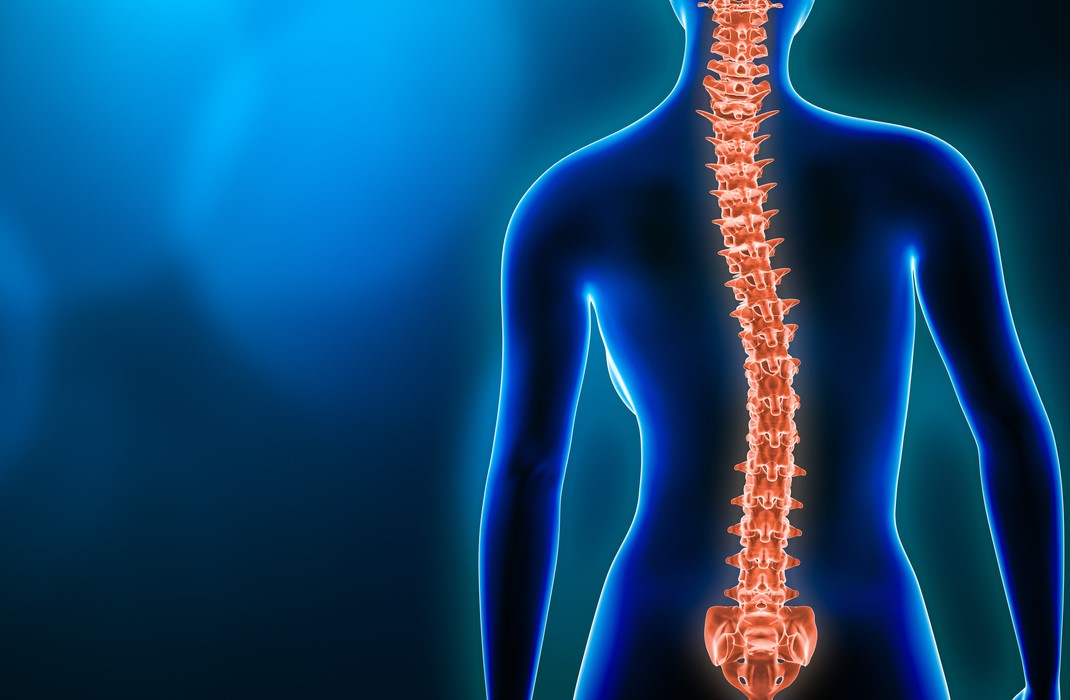-
- Find Care
-
- Visitor Information
- Find a Location
- Shuttles
- Visitor Policies
-
-
- Our Virtual Care Options
- Virtual Urgent Care
- Virtual Visits for Primary & Specialty Care
- Online Second Opinions
- Participate in Research
-
- Contact us
-
- For Innovators
- Commercialization Guide for Innovators
-
-
- Research News
- Alzheimer's Disease
- Artificial Intelligence
-
- Overview
-
- Overview
- Getting Started
- New to Mass General Brigham
- International Patient Services
- What Is Patient Gateway?
- Planning Your Visit
- Find a Doctor (opens link in new tab)
- Appointments
- Patient Resources
- Health & Wellness
- Flu, COVID-19, & RSV
- Billing & Insurance
- Financial Assistance
- Medicare and MassHealth ACOs
- Participate in Research
- Educational Resources
- Visitor Information
- Find a Location
- Shuttles
- Visitor Policies
- Find Care
-
- Overview
- Our Virtual Care Options
- Virtual Urgent Care
- Virtual Visits for Primary & Specialty Care
- Online Second Opinions
-
- Overview
- Participate in Research
-
- Overview
- About Innovation
- About
- Team
- News
- For Industry
- Venture Capital and Investments
- World Medical Innovation Forum (opens link in new tab)
- Featured Licensing Opportunities
- For Innovators
- Commercialization Guide for Innovators
- Contact us
-
- Overview
- Information for Researchers
- Compliance Office
- Research Cores
- Clinical Trials
- Advisory Services
- Featured Research
- Two Centuries of Breakthroughs
- Advances in Motion (opens link in new tab)
- Brigham on a Mission (opens link in new tab)
- Gene and Cell Therapy Institute
- Research News
- Alzheimer's Disease
- Artificial Intelligence
-
- Overview
-
- Overview
- Residency & fellowship programs
- Brigham and Women's Hospital
- Massachusetts General Hospital
- Mass Eye and Ear
- Newton-Wellesley Hospital
- Salem Hospital
- Integrated Mass General Brigham Programs
- Centers of Expertise
- Global & Community Health
- Health Policy & Management
- Healthcare Quality & Patient Safey
- Medical Education
- For trainees
- Prospective trainees
- Incoming trainees
- Current trainees
- Continuing Professional Development
How to Manage Adult Scoliosis

You may remember reporting to the nurse in middle school for a scoliosis evaluation. If you were diagnosed with scoliosis in childhood, you likely wore a plastic brace as you grew. When most people hear of scoliosis they think of children, but can adults develop scoliosis, too?
“Yes. Adult scoliosis isn’t a new diagnosis, but it’s still growing in recognition. The treatment for adults is much different than the treatment for adolescents,” says Hasan Zaidi, MD, a neurosurgeon and director of Deformity Surgery at Mass General Brigham.
Like childhood scoliosis, adult scoliosis is a sideways curve of the spine. Adult scoliosis is common and typically doesn’t require treatment. Adult scoliosis is one type of adult spinal deformity (ASD), which describes some of the structural abnormalities that occur in adults. The term ASD also includes problems like hyper kyphosis (an abnormally forward bend of the spine) and sagittal imbalance (an inability to keep the head centered above the pelvis).
Dr. Zaidi and Stuart Hershman, MD, director of Adult Spinal Deformity and Spinal Reconstruction at Mass General Brigham, answer common questions about living with adult scoliosis and when treatment may help you achieve a better quality of life.
How serious is scoliosis in adults?
In most cases, adult scoliosis isn’t serious and doesn’t require surgery. However, some cases of scoliosis and other ASD can cause significant symptoms that may require treatment.
Scoliosis is an abnormal sideways curvature of the spine. The spine is naturally curved, but people with ASD have curves that cause excessive bends from side-to-side or an unnatural “C” or “S” shape.
In adults, minor curves generally don’t impact daily life. However, scoliosis may slowly get worse over time, and you may want to see a provider if you experience pain or difficulty walking.
What causes scoliosis in adults?
The primary cause of adult scoliosis and ASD is aging, or natural wear-and-tear, as well as degenerative arthritis that occurs within the joints of the spine. Scoliosis also can sometimes be hereditary (meaning you have a family history), or the result of a past trauma.
“As a result of natural degeneration and arthritis, mild scoliosis is fairly common in advanced age. For some patients, however, deformity can progress and develop into spinal stenosis where nerves begin to get pinched,” says Dr. Hershman.
What are scoliosis symptoms in adults?
Most patients with scoliosis don’t have symptoms. However, scoliosis can lead to low-back pain, fatigue, worsening posture, and pain in the legs caused by pinched nerves. To diagnose scoliosis and ASD, doctors use x-rays and MRI imaging.
Scoliosis treatment for adults
You and your health care provider can use a shared decision making approach to decide which treatment options may be best for you. There are two main treatment options for adults with scoliosis: surgery and non-surgical interventions.
“Only a small percentage of patients with adult scoliosis need surgery, but if surgery is deemed necessary it’s generally due to dysfunction related to back and leg pain,” explains Dr. Hershman. “Patients who need surgery can benefit tremendously, but surgery may not be the right option for everyone with ASD.”
For patients who are considering surgery, Drs. Hershman and Zaidi always remind them that spinal surgery is a major event. These are invasive surgeries, so the decision can warrant a second or third opinion. Both spine specialists counsel patients and help them deeply consider the surgical option. While most patients don’t need surgery, a surgeon can monitor them over time as the aging process can make symptoms worse.
Additionally, some minimally invasive procedures may benefit patients with scoliosis without needing a major surgical procedure. Patients should consider seeking various opinions on approaches to find the right treatment that fits their situation.
Types of adult scoliosis surgery
The most common surgery used to treat scoliosis and other ASD is spinal fusion. During this procedure, the spine is fused using bone grafts or substitutes to hold the spine in an upright position. Fusion is often incorporated into other surgical procedures, including, but not limited to:
- Decompression and fusion: Surgeons relieve pressure by removing tissue pressing on the nerves, followed by fusion. Surgeons perform this procedure when nerves are pinched, and the spine shows areas of instability.
- Osteotomy: Osteotomy is when a surgeon cuts a wedge from the bone so that the spine can be bent into the desired position and then fused into place. Surgeons perform this procedure when the deformity must be corrected beyond what rods and screws can achieve.
- Vertebral column resection: In this procedure, surgeons remove entire sections of vertebrae, followed by a realignment of the spine by osteotomy and then fusion. This procedure is reserved for the most severe deformities and carries a higher complication rate.
Surgery for scoliosis in adults
Here are three questions to keep in mind when deciding with your doctor if spinal surgery is right for you:
- Is adult scoliosis surgery worth it?
Surgery is the right option for a select group of people.
“Surgery is invasive. It’s not the best option for most adult deformity patients. If you’ve had scoliosis your whole life, you most likely won’t need surgery in your later years. However, if you were diagnosed earlier and your condition is worsening, you may be an appropriate candidate for surgery,” says Dr. Zaidi.
- What are the downsides of scoliosis surgery?
Make sure you fully understand spinal surgeries and the possible complications.
For more advanced deformities, there’s a 30 to 40% complication rate associated with complex spinal surgery. Such complications may include breakage of the rod or screws, and/or breakdown at the levels adjacent to the fusion. Complications like these may require additional surgery.
- How do I know which specialist to consult for scoliosis surgery?
Choose an experienced spine surgeon and team you feel you can trust.
Drs. Zaidi and Hershman both encourage patients to research the available spinal surgeries and the background and experience of surgeons before making a commitment to a surgical team.
Scoliosis treatment without surgery for adults
Most patients with scoliosis or other ASD have mild forms of the condition that are easily treatable with conservative treatment. For these people, there are many options for managing pain and improving posture.
According to Drs. Hershman and Zaidi, it’s best to exhaust the following non-surgical, conservative treatments before consulting with a surgeon. Some of the treatments that may help are:
- Physical therapy
- Medication
- Epidural or nerve block injection (for pain related to pinched nerves or arthritis)
- Activity modification
- Exercises to strengthen the abdominal muscles and back
- Posture therapy
- Over-the-counter pain relievers
While there isn’t as much data for some other treatments, you may also consider:
- Chiropractic care
- Acupuncture
- Massage therapy
- Yoga
Lifestyle changes and scoliosis exercises for adults
Posture plays a role in spinal deformity. It’s difficult to avoid bad posture today — we bend our necks to use our phones, we slouch at our desks, and we often lift more than our backs can handle.
Changes in your daily life may help you manage adult scoliosis or other ASD. Here are some tips to consider:
- Be thoughtful about your posture during your day-to-day activities. Drs. Hershman and Zaidi advise patients with back pain to stand up straight, even if they experience stiffness. With practice and awareness, the back can be conditioned to maintain better posture. The proper way to hold your body is to keep your head over your shoulders and your shoulders over your hips.
- Try exercises that strengthen your back and core muscles to reduce pain from ASD. Strengthening the muscles in your back and abdomen takes pressure off your spine and may prevent your deformity from getting worse. Be sure to check with your provider before starting an exercise program to make sure it’s safe.
- Maintain a healthy weight. Your provider may recommend losing weight through diet and exercise to put less strain on your back.
- Check in with your care team and seek support when needed. If you’re finding it hard to accomplish daily tasks, like sitting, walking, or climbing stairs because of your ASD, call your provider. They’ll work with you to create a treatment plan that fits your unique situation.
“With physical therapy and exercise, you can maintain better posture and thereby help prevent the need for surgery, because it’s possible to feel better once you’re in better posture,” says Dr. Zaidi.
Is there a scoliosis brace for adults?
In short, no. While bracing has been shown to halt the progression of scoliosis in growing children, braces have not been shown to provide any benefit in adults with spinal deformity. However, your doctor can prescribe a brace to help with your symptoms. While braces can’t help reshape the spine in patients that have stopped growing, they can be used for short-term pain relief.
What questions should I ask my doctor about adult scoliosis?
If you decide to see a provider for your scoliosis, you probably have several questions you want to ask. It may help to write down a list of things to ask your doctor so you don’t forget anything at your appointment.
You might consider asking:
- What’s causing my deformity?
- What non-operative treatment options can I try?
- What will happen if I don’t do any treatment?
- When would I consider getting spinal surgery?
- Are there any exercises or activities I should avoid?
- Are there any community resources or patient support groups I can join?
You can live a healthy, active lifestyle with adult scoliosis or other ASD. Drs. Hershman and Zaidi emphasize working with your care team to develop a treatment plan, and if you experience back pain or difficulty walking, they’ll help you decide if surgery is the right path for you.

Contributor

Contributor
